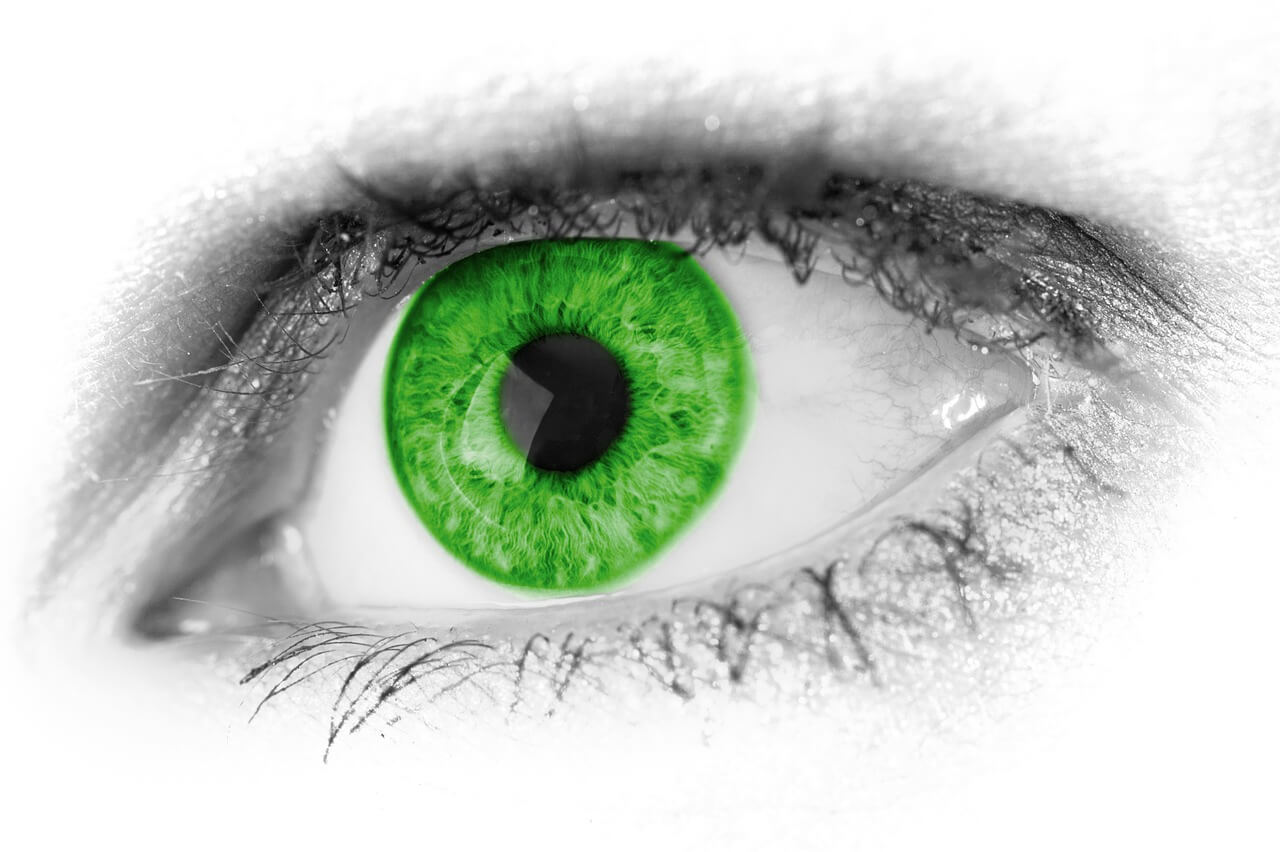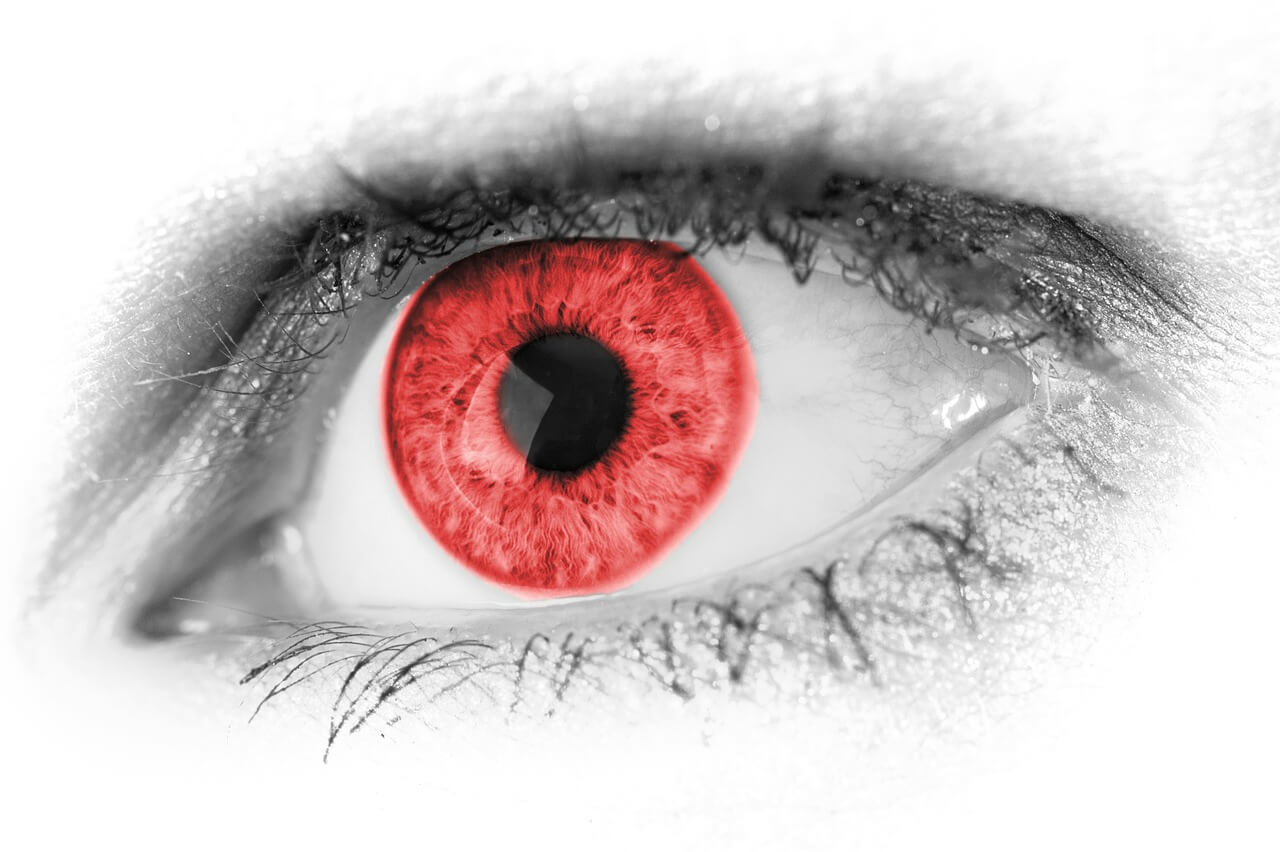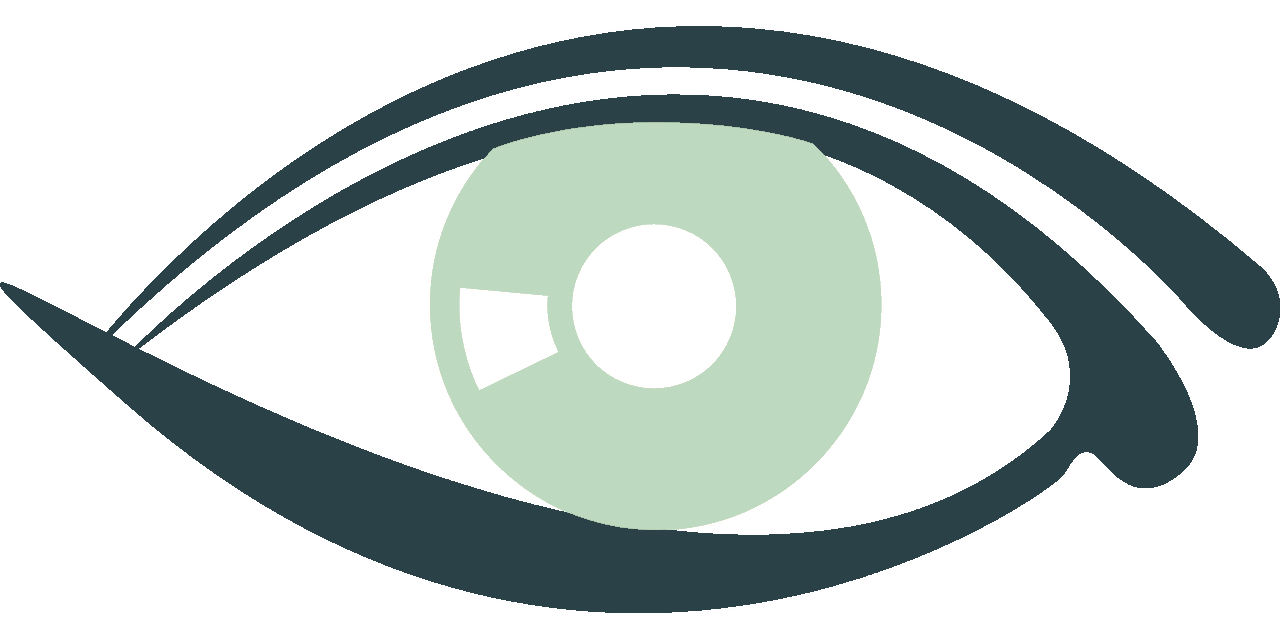Red-Green Colour Blindness
Deuteranomaly/Deuteranopia

Deutan colour blindness is the most common form of colour blindness. Deutan colour blindness is caused by either a partial shift, or absence, of the M-Cone responsible for perceiving medium light wavelengths and the colour green. A partial malfunctioning of the cone would result in Deuteranomaly, whilst a complete absence of a working cone would result in Deuteranopia. The main problem colours are red and green, which appear a brown-like colour, however grey, turquoise and purple can also cause some issues too. As you can see in the image on the right, the purple and pink flowers at the back and front of the original pictures respectively, look more blue than their original colours.


Protanomaly/Protanopia

Protan colour blindness is caused by either a partial shift, or absence, of the L-Cone responsible for perceiving long light wavelengths and the colour red. A partial malfunctioning of the cone would result in Protanomaly, whilst a complete absence of a working cone would result in Protanopia. With this type of colour blindness, red cannot be detected fully, whilst yellow, orange, red and green can all appear similar and brown-like. In the image below, it is clear that any red pigments in the original image on the left, are completely lost in the right picture with the reds and yellows appearing very similar in the center rows of flowers.


